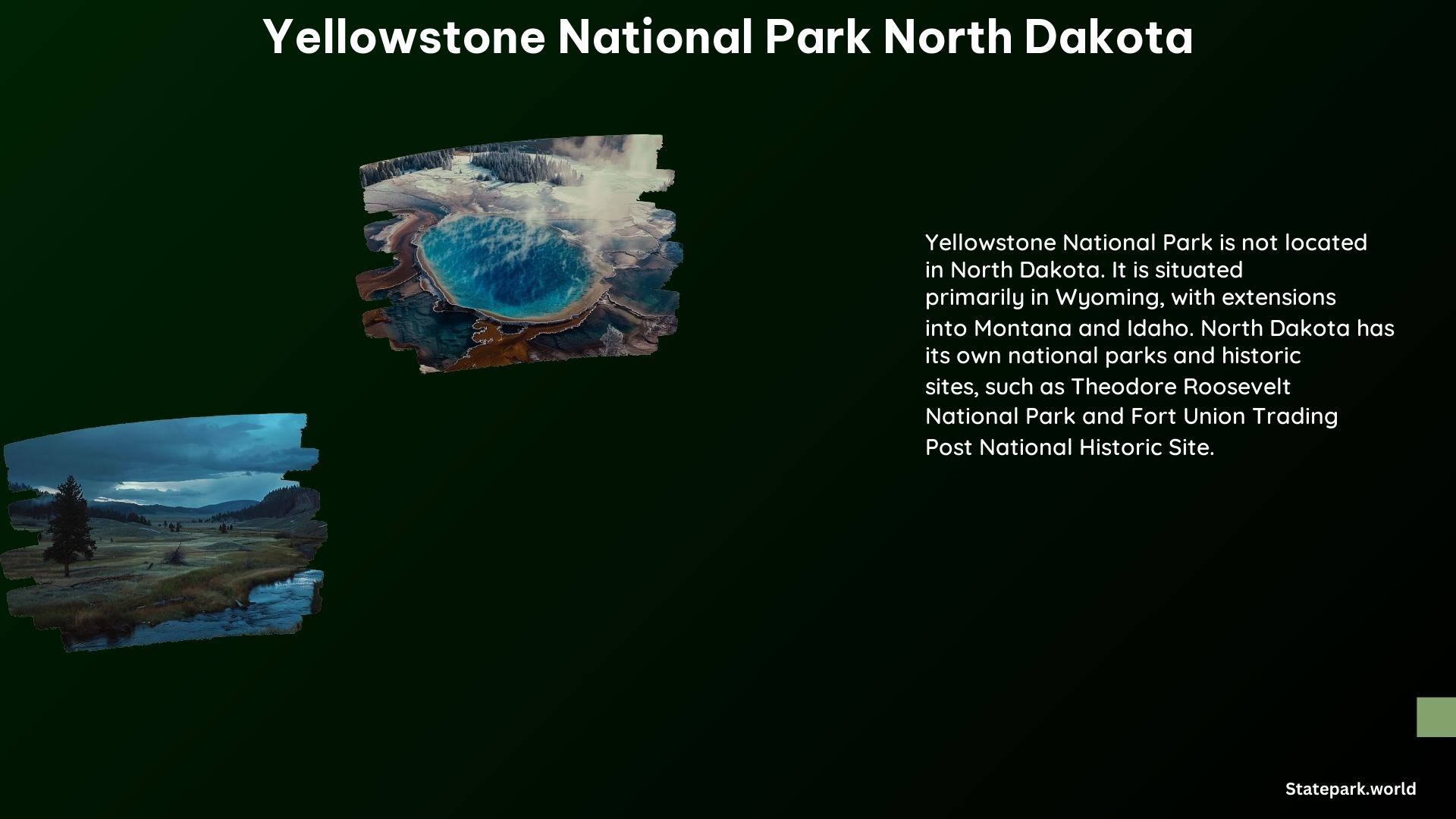Little Yellowstone Park, located in Barnes County, North Dakota, is a hidden gem that offers a glimpse into the geological wonders of the region. While it may not be as well-known as its famous counterpart, Yellowstone National Park, this 27-acre campground and recreation area holds its own unique charm and geological significance.
The Geological Connection to Yellowstone National Park
Despite its smaller size, Little Yellowstone Park shares a fascinating geological connection with the renowned Yellowstone National Park. The volcanic activity that shaped the iconic landscapes of Yellowstone extends its influence into North Dakota, creating a unique geological landscape in Little Yellowstone Park.
The park’s terrain is characterized by rugged badlands, spring-fed streams, and a diverse array of rock formations. These features are a testament to the region’s dynamic geological history, which is closely tied to the volcanic processes that have shaped the greater Yellowstone ecosystem.
Exploring the Badlands Terrain

One of the most striking features of Little Yellowstone Park is its badlands terrain. These rugged, eroded landscapes are the result of millions of years of geological processes, including the uplift and subsequent erosion of the land. Visitors can explore the park’s hiking trails and discover the intricate patterns and textures of the badlands, which offer a glimpse into the region’s ancient past.
Discovering the Spring-Fed Streams
Another unique aspect of Little Yellowstone Park is its spring-fed streams. These crystal-clear waterways are fed by underground aquifers, which are a testament to the park’s complex hydrology. Visitors can enjoy the soothing sound of the flowing water and observe the diverse array of plant and animal life that thrives in and around these streams.
Admiring the Diverse Rock Formations
The park’s rock formations are a true highlight for geology enthusiasts. From the towering buttes to the intricate hoodoos, the park’s geological features offer a captivating display of the region’s dynamic past. Visitors can explore the park’s trails and observe the various rock types, including sedimentary and igneous formations, and learn about the processes that have shaped them over time.
Camping and Outdoor Recreation
In addition to its geological wonders, Little Yellowstone Park offers a range of outdoor recreation opportunities. The park features a campground with both electrical and primitive campsites, allowing visitors to immerse themselves in the natural surroundings. Hiking trails, picnic areas, and a spring-fed stream provide ample opportunities for exploration and relaxation.
Conclusion
While it may not be as well-known as its famous counterpart, Little Yellowstone Park in North Dakota is a hidden gem that offers a unique and fascinating geological experience. From the rugged badlands to the spring-fed streams and diverse rock formations, this park is a testament to the region’s dynamic geological history and the enduring power of nature. Whether you’re a geology enthusiast or simply seeking a peaceful outdoor adventure, Little Yellowstone Park is a must-visit destination in North Dakota.
Reference:
– Little Yellowstone Park
– Geology of Yellowstone National Park
– Theodore Roosevelt National Park
